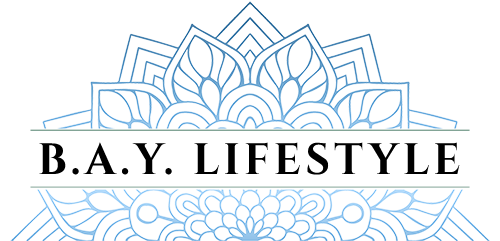Yoga, an ancient practice that harmonizes the mind, body, and spirit, has deep ties with the concept of chakras, the energy centers that are believed to govern our physical, emotional, and spiritual well-being. The intricate relationship between yoga and chakras offers a profound pathway to achieving balance and alignment within oneself. By engaging in specific yoga poses, mantras, and meditations, individuals can seek to balance and unblock each chakra, fostering a sense of holistic wellness.
Muladhara Chakra – The Root Chakra
The Muladhara chakra, located at the base of the spine, is associated with grounding and stability. To balance this chakra, yoga poses such as Tadasana (Mountain Pose) and Virabhadrasana I (Warrior Pose I) can be practiced. A suitable mantra for Muladhara is “Lam,” which can be chanted during meditation to enhance a sense of security and rootedness.
Svadhisthana Chakra – The Sacral Chakra
The Svadhisthana chakra, residing in the pelvic area, relates to creativity and emotional expression. Incorporating yoga poses like Bhujangasana (Cobra Pose) and Baddha Konasana (Bound Angle Pose) can help activate and balance this chakra. The mantra “Vam” can be chanted to facilitate the flow of creative energy and emotional well-being.
Manipura Chakra – The Solar Plexus Chakra
The Manipura chakra, situated in the abdomen, governs self-confidence and personal power. Yoga poses such as Navasana (Boat Pose) and Ardha Matsyendrasana (Half Lord of the Fishes Pose) can stimulate this chakra. Chanting the mantra “Ram” during meditation aids in boosting self-esteem and harnessing inner strength.
Anahata Chakra – The Heart Chakra
The Anahata chakra, at the heart center, represents love, compassion, and connection. Yoga poses like Ustrasana (Camel Pose) and Urdhva Mukha Svanasana (Upward-Facing Dog Pose) can activate this chakra. The mantra “Yam” is used to cultivate feelings of love, empathy, and openness.
Vishuddha Chakra – The Throat Chakra
The Vishuddha chakra, located in the throat, governs communication and self-expression. Poses like Sarvangasana (Shoulder Stand) and Matsyasana (Fish Pose) can help balance this chakra. The mantra “Ham” aids in promoting clear communication and authentic self-expression.
Ajna Chakra – The Third Eye Chakra
The Ajna chakra, situated between the eyebrows, is associated with intuition and insight. Practicing yoga poses like Balasana (Child’s Pose) and Shavasana (Corpse Pose) can help activate this chakra. The mantra “Om” or “Aum” is often used to enhance intuition and inner wisdom.
Sahasrara Chakra – The Crown Chakra
The Sahasrara chakra, located at the crown of the head, represents spiritual connection and enlightenment. Engaging in meditation and focusing on the breath can help balance this chakra. While there isn’t a specific mantra associated with Sahasrara, the practice of mindfulness and silence aids in fostering a deep sense of spirituality.
The Holistic Union
The intertwining of yoga and chakras creates a holistic approach to self-care and well-being. By incorporating specific yoga poses, mantras, and meditations for each chakra, individuals can embark on a transformative journey towards inner balance and harmony. Regular practice of these techniques can lead to a profound sense of well-being, promoting physical health, emotional stability, and spiritual growth. As you step onto the mat and delve into the world of chakras, remember that the path to inner balance begins with the integration of yoga and the harmonization of your energy centers.

